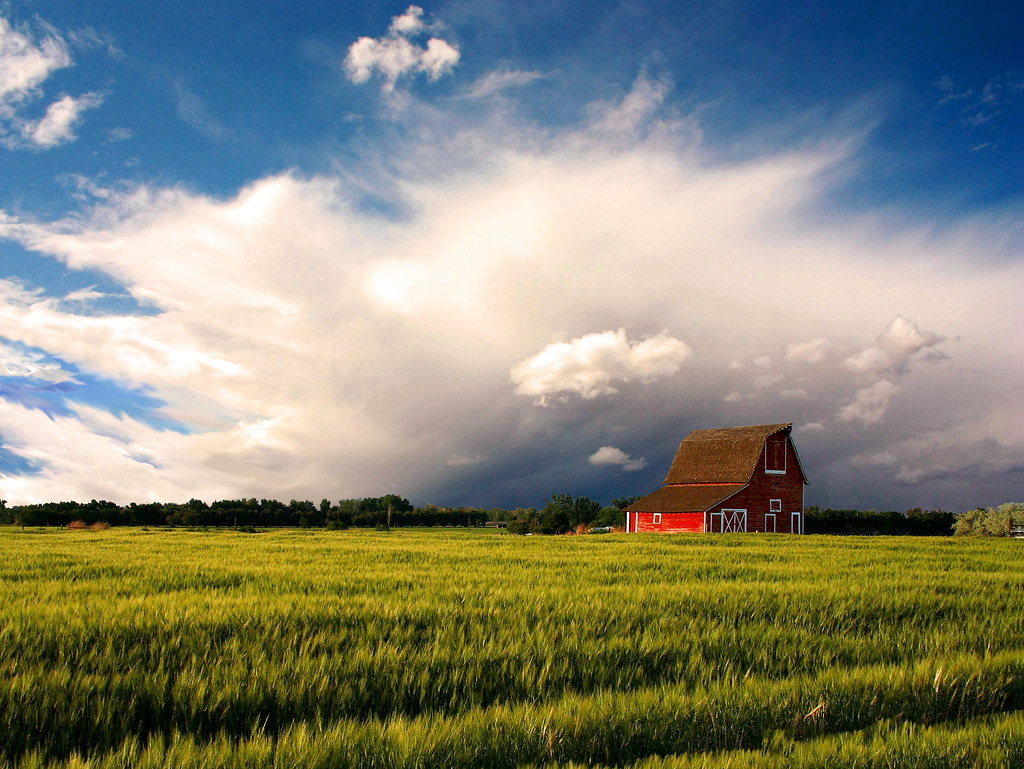

Normally made up of four pollen sacs, the anther produces and releases pollen. The anther is the top-most part of the stamen, the flower’s male reproductive portion. Pollination is vital to the approximately 250,000 species of flowering plants that depend on the transfer of pollen from flower anther to stigma to reproduce. But fortunately for the honey bees and the many crops that depend on them for pollination, FDA has approved three antibiotics to control this devastating honey bee disease. Unfortunately, a widespread bacterial disease called American foulbrood is destroying entire colonies of honey bees. Honey bees are like flying dollar bills buzzing over U.S. In fact, bee pollination accounts for about $15 billion in added crop value. This agricultural benefit of honey bees is estimated to be between 10 and 20 times the total value of honey and beeswax. is a major producer of raw beeswax, as well as a worldwide supplier of refined beeswax.īut the greatest importance of honey bees to agriculture isn’t a product of the hive at all. Beeswax is also one of the most commonly used waxes in cosmetics. The pharmaceutical industry uses the substance as a binding agent, time-release mechanism, and drug carrier. Beeswax is popular for making candles and as an ingredient in artists’ materials and in leather and wood polishes. The beeswax trade dates to ancient Greece and Rome, and in Medieval Europe, the substance was a unit of trade for taxes and other purposes. With the cost of honey at $1.97 per pound, that’s a value of a little over $339 million.Īfter honey, beeswax is the second most important hive product from an economic standpoint. Department of Agriculture’s National Agriculture Statistics Service, honey bees made 157 million pounds of honey in 2019. Honey, of course, is the most well-known and economically important hive product. These social and hardworking insects produce six hive products – honey, pollen, royal jelly, beeswax, propolis, and venom – all collected and used by people for various nutritional and medicinal purposes. Every grant, however, will require you to create a business plan in some form.Many Workers, Several Drones, and One Queen Bee You may need to change your plan to meet the requirements of the grant application.Most business plans include at least three years of business projections. A good business plan will also include projections of cash inflows and outflows. The business plan should include a projection of the income you’re going to generate and the expenses you will incur each year.Your grant proposal may include your need for more labor, or improved housing for your labor force. You may use the grant proceeds to purchase land, seeds, or new equipment.In both instances, you’re explaining how you will use the grant proceeds. If your farm is already in operation, explain why you need financing.

Compute the initial costs you’ll incur to open your farm for operation, if you’re starting from scratch.The plan should also explain how you will generate a profit and manage cash. Your plan should include a discussion of how you will market and sell your crop. A comprehensive business plan will show a potential grantor that you should be considered for a grant.


 0 kommentar(er)
0 kommentar(er)
